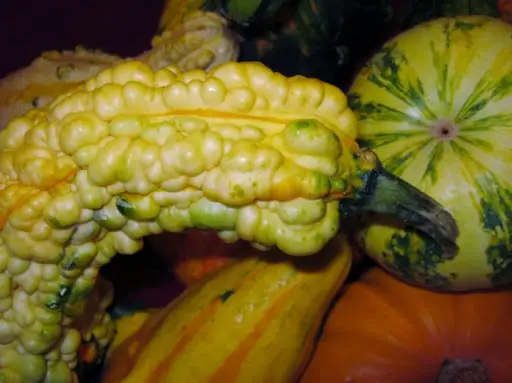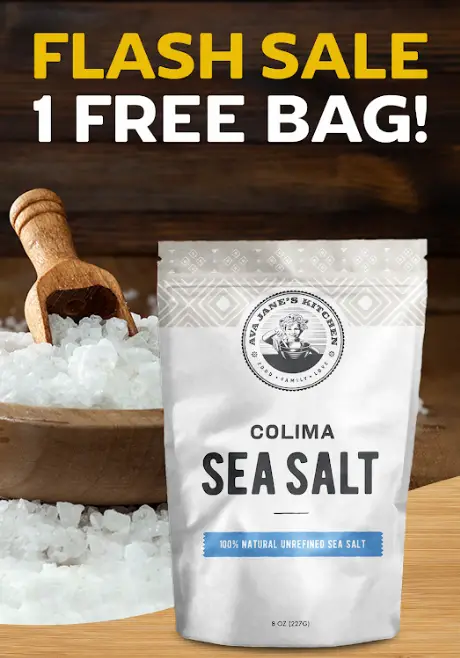
Photo via The Ugly Volvo
The annual “Clean Fifteen” and “Dirty Dozen” list produced by the Environmental Working Group is one of the most sought-after resources for people who want to avoid eating foods that are sprayed heavily with pesticides that have been linked to large numbers of health problems.
While most people seek out the list because of its advice on pesticides, including the twelve foods that contain the most potentially harmful synthetic pesticide residues and the fifteen foods that contain the least, this year’s version also included an important piece of information that is once again getting lost in the shuffle: a shrewd bit of advice on the three genetically modified food crops that most people still don’t know about in the United States.
Because their status as genetically engineered crops is not especially well known, it’s highly likely that most people who buy these crops with any sort of regularity has bought GMO versions on accident.
And because there is still no plain text GMO labeling standard in the United States as is the case in over 60 countries across the world, many people have absolutely no idea what they’re really buying when it comes to these three foods.
EWG: Buy These Organic to Avoid These GMOs
According to the 2020 EWG list, there are three different varieties of produce sold in the United States that are produced from genetically modified seeds that most people are not aware of nowadays. Most GMOs, like corn, soybeans and canola oil, are used in processed, packaged foods, for animal feed, or even for fuel like ethanol, but the following three GMO crops are much more likely to be sold direct to the consumer and consumed directly afterward.
“Buy organic varieties of these crops if you want to avoid genetically modified produce,” the 2020 EWG report states.
The three crops in question are as follows:
Green Zucchini/Summer Squash:
According to the Non-GMO Project’s website NonGMOProject.org, both green zucchini and yellow summer squash, which are part of the same species, Cucurbita pepo, could potentially be GMO if they are purchased in the United States and Canada.
These types of GMO squash are only allowed to be grown in the United States, where laws regarding the cultivation of genetically engineered produce are more lax, but they are still allowed to be sold as fresh produce in both the U.S. and Canada.
As of 2011, there were 5,000 acres being cultivated within the United States. As of 2013, that number had quintupled to 25,000 acres; the size of about ten small family farms according to Mother Jones.
No further updates have been given on the amount of GMO squash and zucchini being produced, but according to a 2017 Monsanto biotechnology guide, “no additional import or planting has been approved in any other country.”
If you want to avoid GMO squash or zucchini, always buy organic to be on the safe side, the EWG’s 2020 list recommends.
Papaya:
One of the healthiest foods for digestion, papayas are even made into digestive enzyme supplements for people to take with them on-the-go.
But what most people don’t realize is that not all papayas are created equal — in fact, a whopping 77% of Hawaiian papaya growers, where the largest percentage of U.S. papayas is typically grown, originates from genetically engineered seeds, according to 2015 USDA statistics.
As is the case with squash, little data is available on how widespread these GMO papayas are beyond the Hawaiian statistics. Buy organic whenever possible, or from another state if organic is not available.
Sweet Corn:
The third at-risk food to watch out for, sweet corn is another little known genetically engineered food to watch out for at the grocery store.
While Monsanto attempted to sell GMO sweet corn directly to consumers and was buttressed by a deal with Wal-Mart to do just that, a 2013 study by Friends of the Earth found that the pesticide-producing, direct-to-consumer corn was mostly a flop, as only two corn samples out of 71 found at U.S. grocery stores were found to be genetically modified.
Only 10 percent of sweet corn is GMO as of 2018 according to the Washington Post, and most corn-on-the-cob is not genetically engineered, however.
That being said, you’ll definitely want to buy organic, or at least “know your farmer” when it comes to buying sweet corn, even though it did make the second spot for least amount of pesticides on the 2020 Clean Fifteen list.
if you want to be 100% sure that you don’t spend your hard earned cash on something that has been genetically engineered in a laboratory by Monsanto or its parent company, Bayer, however, always buy sweet corn, and especially any products with corn listed as an ingredient, only if they are labeled as being organic or non-GMO whenever possible, and do your best to support farmers who grow any type of corn the old-fashioned way.
Thanks for installing the Bottom of every post plugin by Corey Salzano. Contact me if you need custom WordPress plugins or website design.











